They’re symbols of spring, elegance, and simplicity — but tulips are anything but basic. Behind their graceful petals lies a wild history of obsession, mystery, and botanical brilliance that most gardeners have never even heard of.
Did you know that tulips once caused the world’s first economic bubble? That their color patterns can be the result of a virus? Or that certain tulip varieties were once so rare, people traded entire homes to own them?
These iconic flowers may sit quietly in your borders, but their roots run deep — through royal gardens, scientific breakthroughs, and centuries of myth. Whether you grow them in pots or admire them in parks, tulips have been keeping secrets that even seasoned gardeners are only just beginning to uncover.
Here are 18 surprising truths that will forever change the way you see your favorite spring bloom.
The Origin Myth

In the heart of ancient Turkey, tulips were more than just flowers; they were symbols of paradise on Earth. The Ottoman sultans cherished them, often cultivating entire gardens filled with these beauties. A rich tapestry of myths and legends surrounds their origins. Did you know that the word “tulip” comes from the Persian word for turban? This name was inspired by the flower’s turban-like shape—a testament to its cultural significance. These elegant blooms were once considered as precious as gems, sparking ‘Tulip Mania’ in the 17th century Netherlands, where a single bulb could cost more than a house.
Color-Changing Wonders
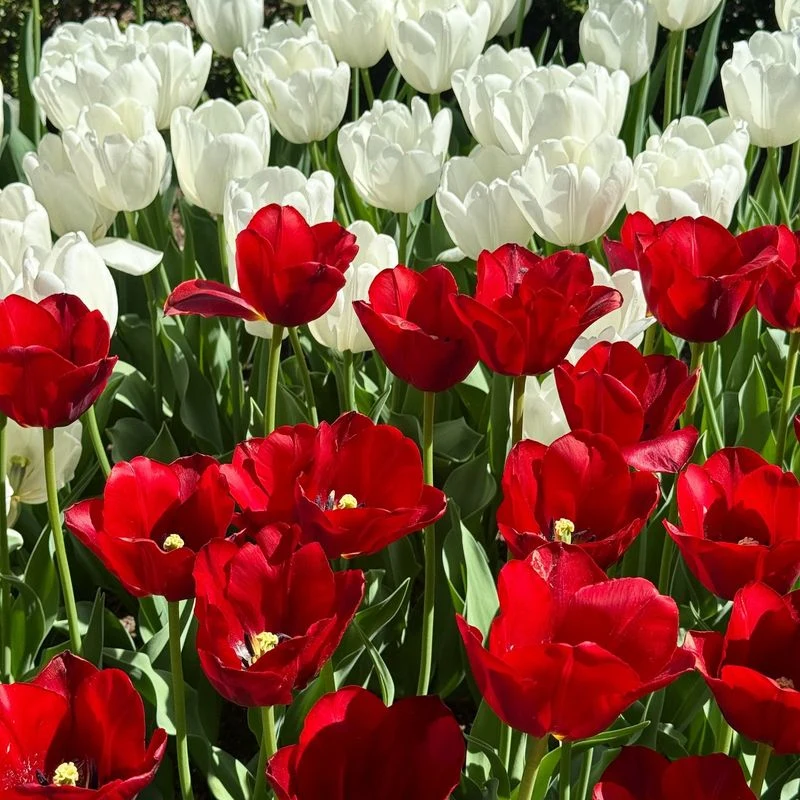
Not all tulips stick to a single color palette. Some have the magical ability to change hues as they bloom. This phenomenon, known as “flower aging,” can result in petals transitioning through various tones of pink, yellow, or even deep purple. It’s like having a bouquet that evolves over time, offering new surprises every day. Gardeners often marvel at this chameleon-like trait, which adds a dynamic element to their floral displays. Beyond aesthetics, these color shifts can signal changes in environmental conditions or the plant’s health.
Tulip’s Night Life

When the sun sets, tulips reveal a lesser-known secret: their petals close up as if tucking themselves in for the night. This nightly ritual is more than just a charming quirk; it’s a survival mechanism known as “nyctinasty.” By closing their blooms, tulips protect their pollen from moisture and nighttime predators. As the morning light returns, they open up, ready to greet a new day. This cyclical dance with the sun adds a poetic rhythm to the garden, reminding us of nature’s delicate balance.
Historical Tulip Mania
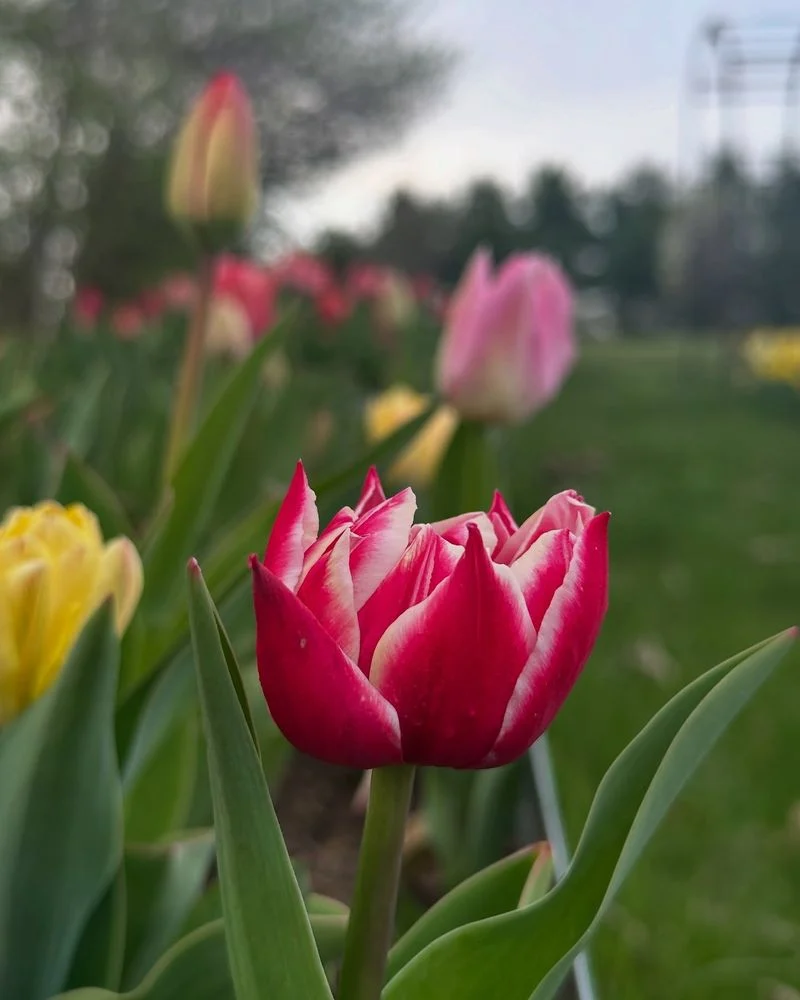
In the 1600s, the Netherlands experienced an economic frenzy over tulips, aptly named “Tulip Mania.” These flowers became a symbol of wealth and prestige, with rare varieties fetching astronomical prices. A single bulb could cost as much as a luxurious house in Amsterdam. This speculative bubble eventually burst, leaving many in financial ruin. However, “Tulip Mania” remains a fascinating chapter in economic history, illustrating the power of market speculation. Today, it serves as a cautionary tale for investors and flower enthusiasts alike.
The Mystery of Black Tulips
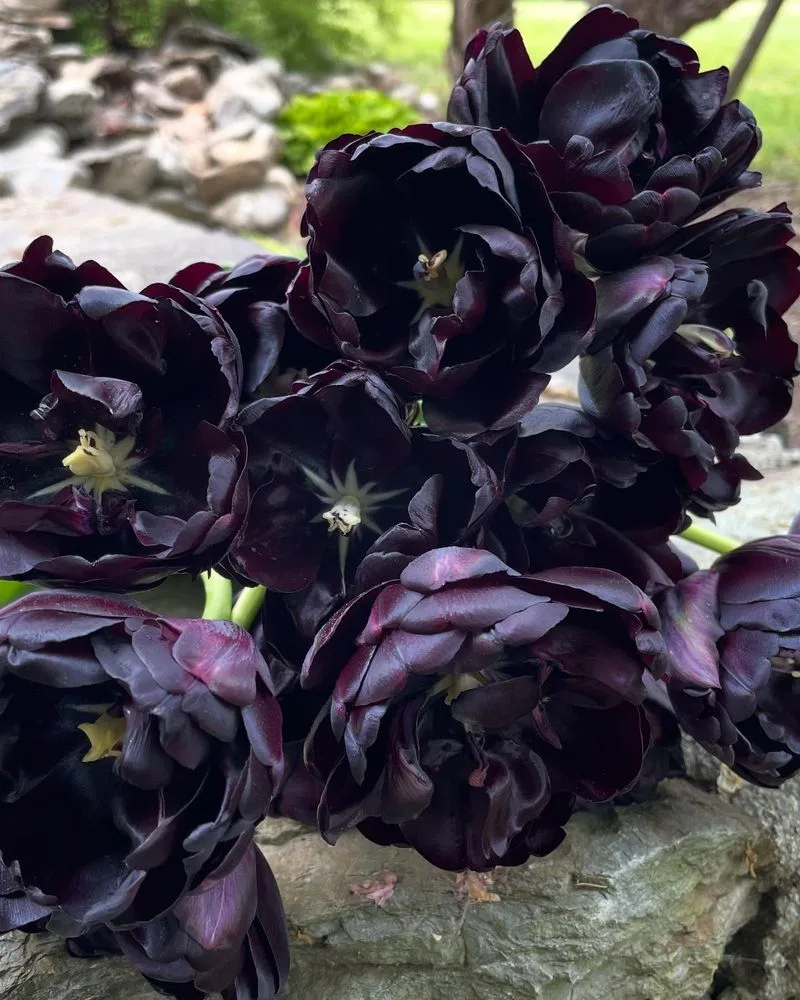
For centuries, the elusive black tulip has captured the imagination of gardeners and writers. Though not truly black, these dark-hued beauties are deep shades of purple or maroon. Achieving this near-black coloration involves complex breeding techniques and a bit of botanical magic. These mysterious tulips symbolize elegance and sophistication, often featured in literature and art as symbols of unattainable desires. Their enigmatic allure continues to inspire those who seek the extraordinary in their gardens.
Tulip as a Culinary Delight

Believe it or not, tulips aren’t just eye candy; they can be a culinary treat as well. During World War II, when food was scarce, the Dutch discovered that tulip bulbs could be consumed. Today, chefs experiment with tulip petals as edible garnishes, adding a touch of elegance to dishes. The petals have a subtle flavor, reminiscent of sweet lettuce or cucumber. However, not all tulips are safe to eat, so it’s crucial to ensure they’re pesticide-free and properly prepared before indulging in this floral delicacy.
Botanical Adaptations
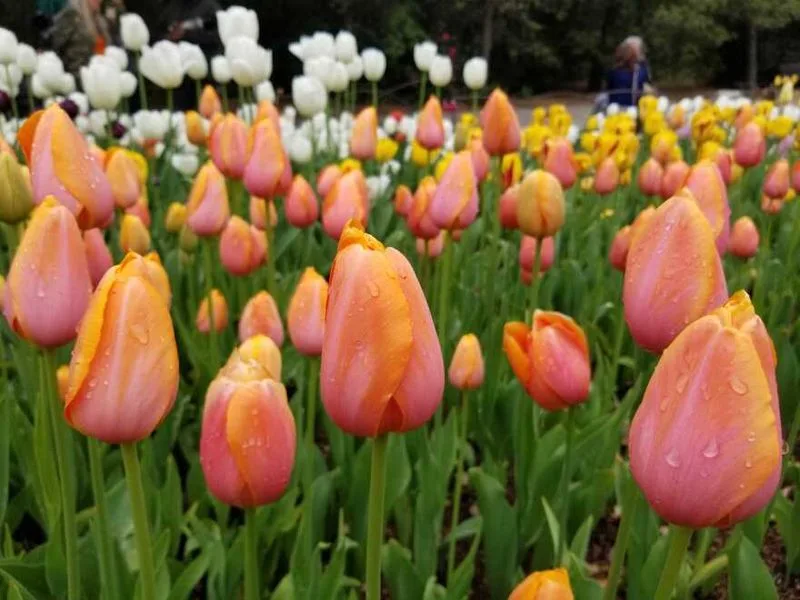
Tulips possess remarkable adaptations that allow them to thrive in diverse environments. Their bulbs store essential nutrients, enabling them to survive harsh winters and drought conditions. This resilience has made them popular in gardens worldwide. They can endure the cold by remaining dormant underground, waiting for the warmth of spring to signal their time to bloom. This evolutionary strategy ensures their survival year after year, delighting gardeners with a burst of color each season.
Tulip Festivals Around the World
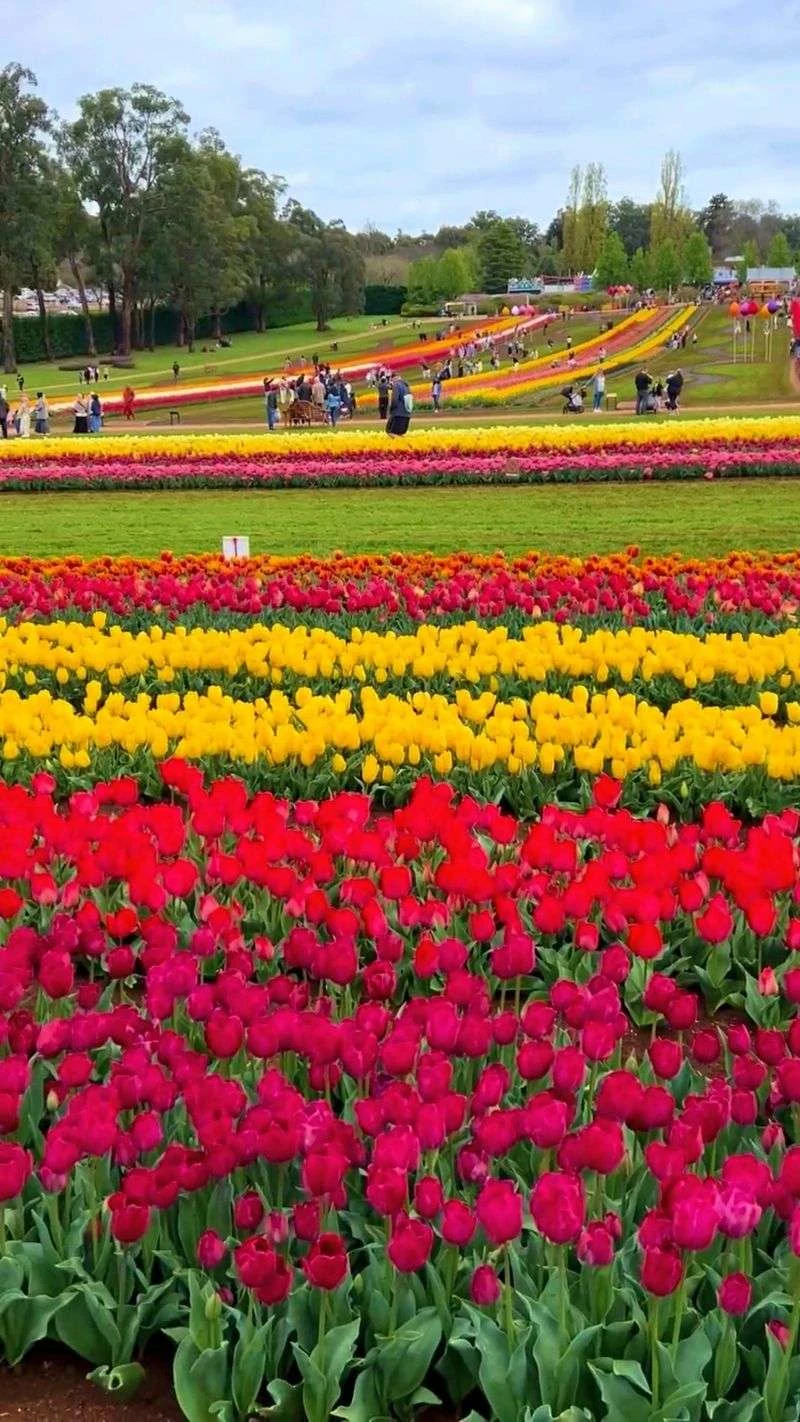
Tulip festivals celebrate the beauty and cultural significance of these flowers around the globe. From Holland’s Keukenhof Gardens to Canada’s Ottawa Tulip Festival, these events attract millions of visitors annually. Each festival offers a unique perspective on tulips, with creative displays and cultural activities. These gatherings foster a sense of community and appreciation for nature’s artistry. It’s a time when tulip enthusiasts come together to share their passion and admire the breathtaking beauty of these blooms.
Tulip Symbolism in Art
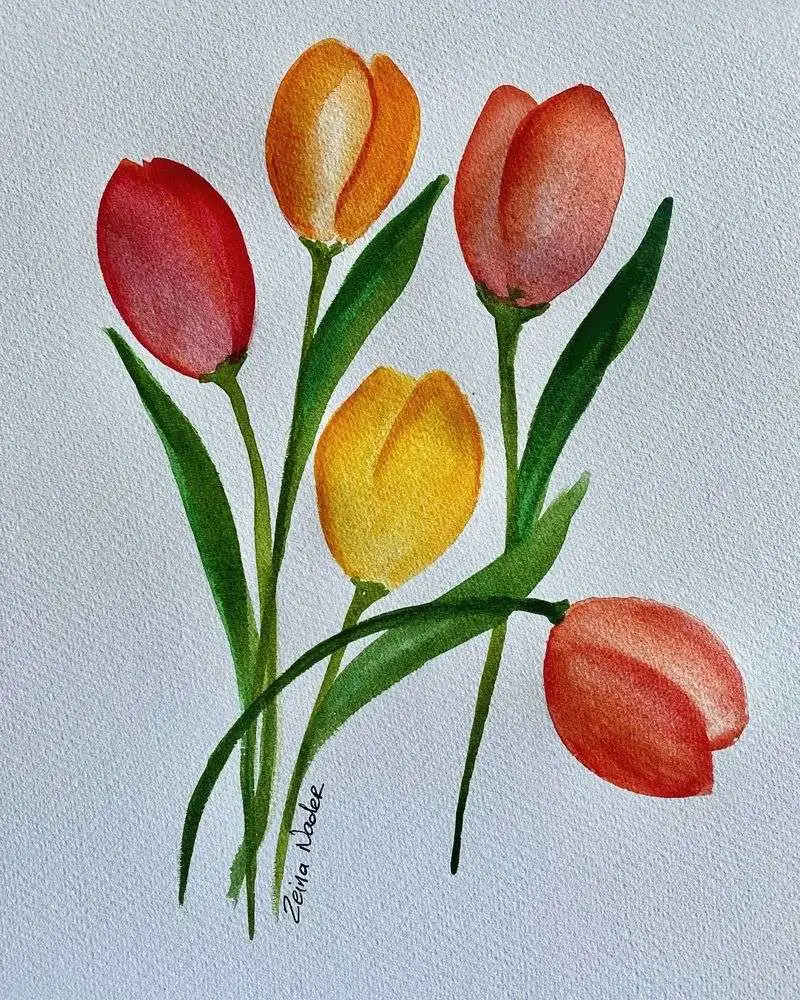
Throughout history, tulips have inspired artists and poets, symbolizing various themes from love and passion to fleeting beauty. Their elegant form and vibrant colors make them a favorite subject in paintings and poetry. In art, they often represent the transient nature of life and love, capturing moments of beauty that are both intense and ephemeral. This rich symbolism has cemented their place in the cultural lexicon, ensuring that tulips remain iconic in the world of art and literature.
Tulip’s Role in Science
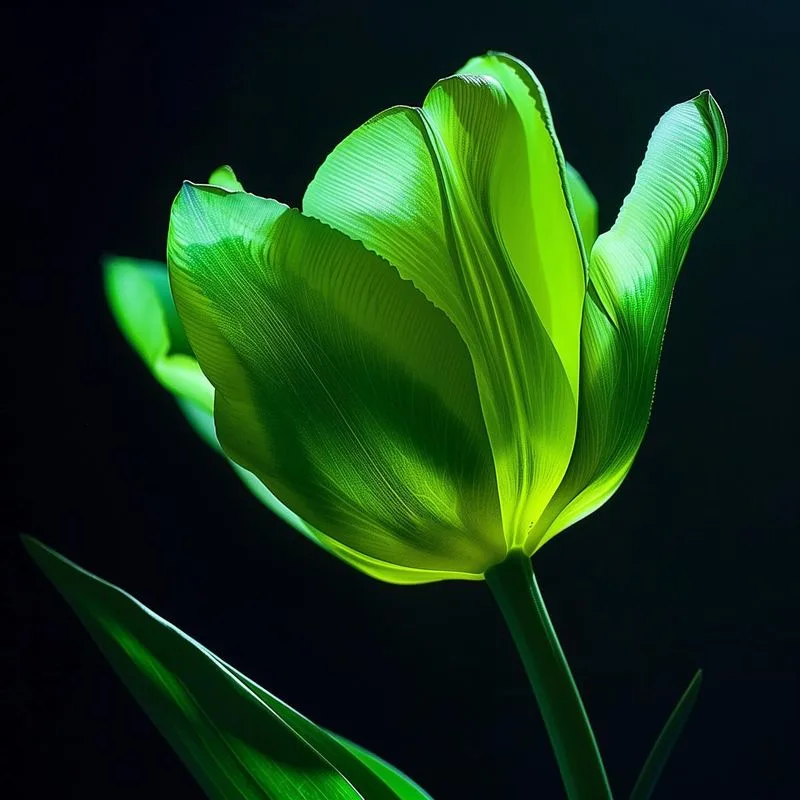
Tulips have contributed to science in unexpected ways. Genetic studies on tulip patterns help researchers understand plant evolution and adaptation. These insights have broader implications for agriculture and biodiversity conservation. The study of tulip viruses has also advanced knowledge in plant pathology, aiding in the development of disease-resistant crops. By unraveling the mysteries of tulips, scientists can apply these findings to improve food security and ecosystem resilience, demonstrating the flower’s value beyond its ornamental charm.
The Double-Flower Phenomenon
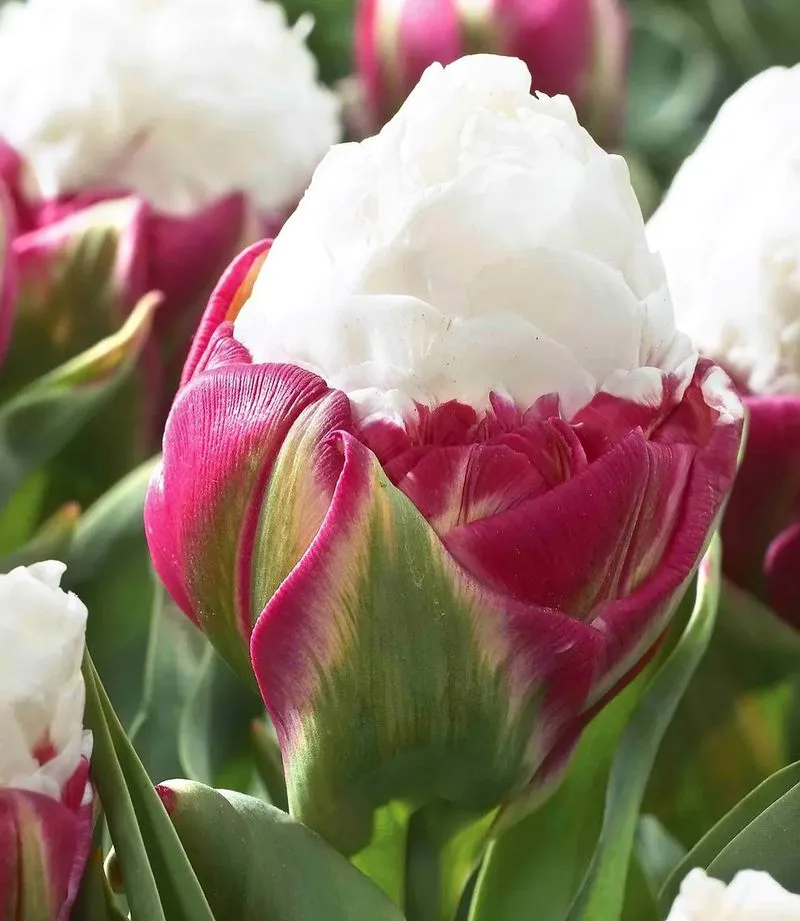
Double-flowered tulips boast an extraordinary appearance with layers of petals resembling a peony. This genetic marvel results from specific breeding techniques, creating full, lush blooms that captivate gardeners around the world. These flowers not only add volume and texture to gardens but also evoke a sense of luxury and opulence. Their unique structure provides a visual feast, ensuring they stand out among their single-petaled counterparts, offering a new dimension to garden aesthetics.
Tulip’s Environmental Influence
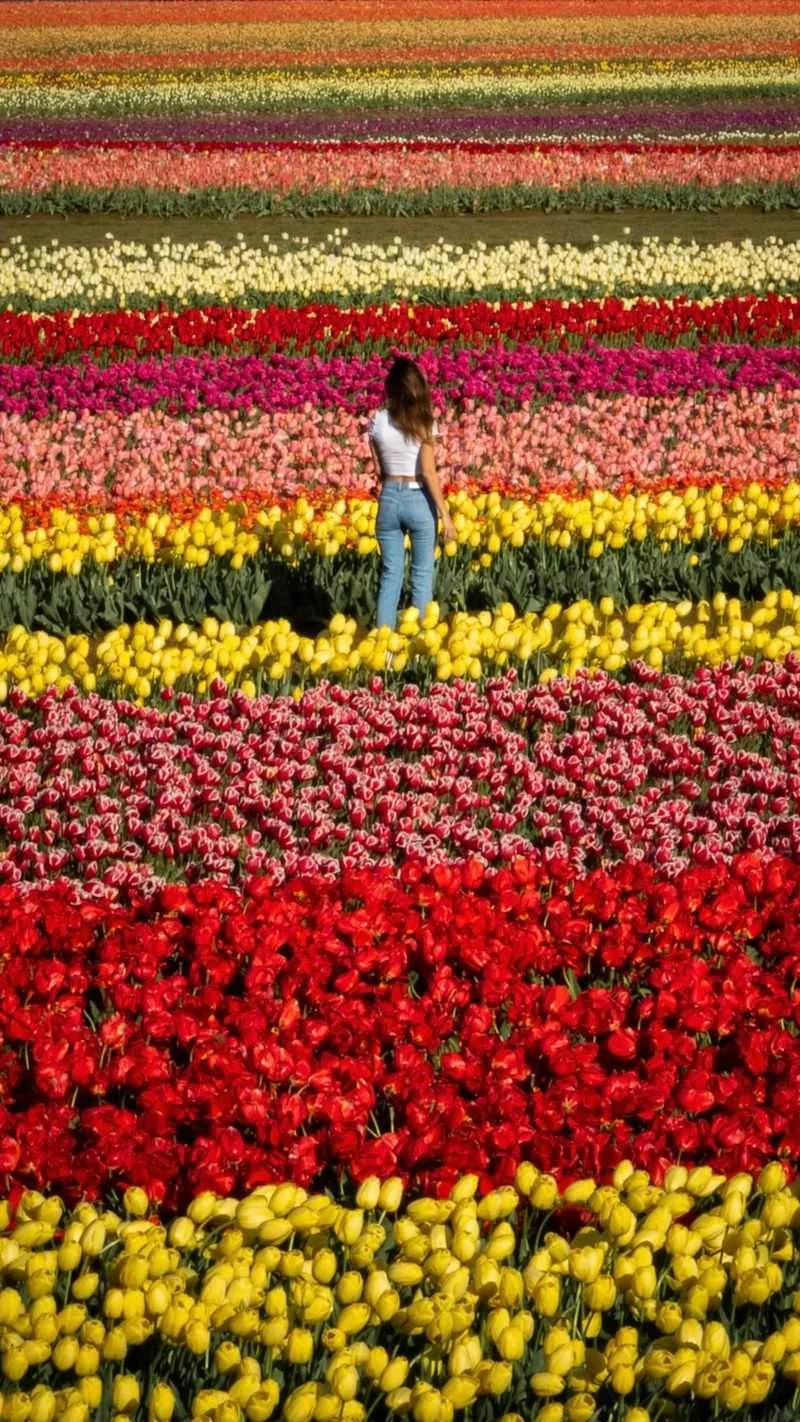
Beyond their beauty, tulips play a vital role in supporting local ecosystems. As early bloomers, they provide a crucial food source for pollinators like bees and butterflies, essential for maintaining biodiversity. The presence of tulips in gardens and natural landscapes can boost pollinator populations, contributing to healthier ecosystems. By planting tulips, gardeners can create a habitat that supports these essential creatures, promoting a balanced and thriving environment.
Fragrance Variations
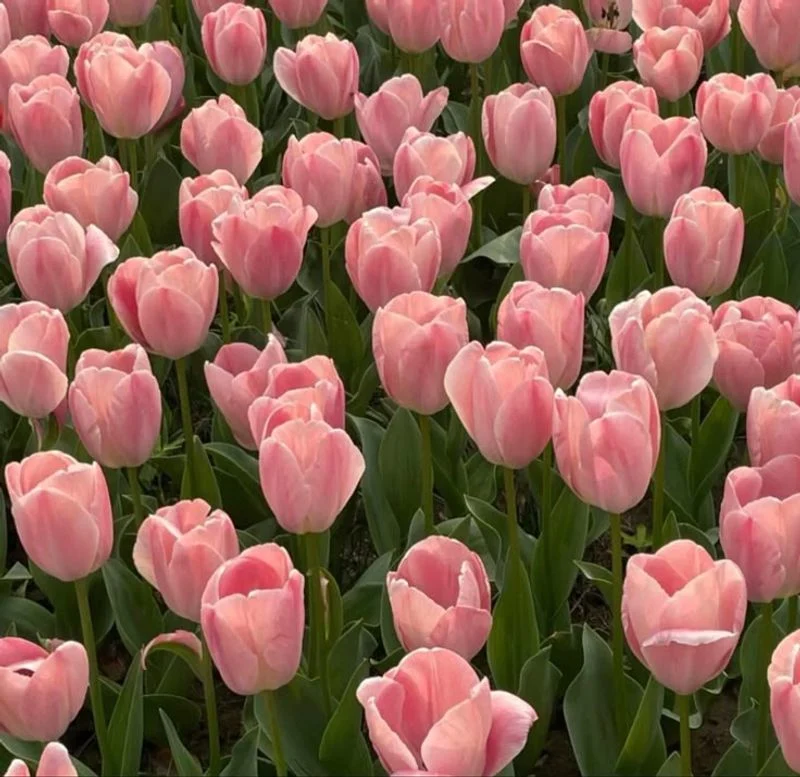
While tulips are often celebrated for their vibrant colors, some varieties also offer intriguing fragrances. From sweet and floral to spicy and musky, these scents can enhance the sensory experience of a garden. Fragrant tulips are particularly prized in landscape design, where they add an olfactory dimension to visual beauty. Choosing the right mix of scented and non-scented varieties can transform a garden into a multi-sensory haven, showcasing the diverse allure of these versatile flowers.
Tulip’s Role in Literature

Tulips have found their way into literature, serving as metaphors for beauty, desire, and ephemerality. Writers often use tulips to explore themes of love and longing, capturing the delicate balance between joy and sorrow. In stories, they symbolize the bittersweet nature of fleeting moments, reminding readers of life’s transient beauty. This literary presence underscores the tulip’s impact beyond gardens, influencing readers and writers alike with their profound symbolism.
Bulb Propagation Techniques
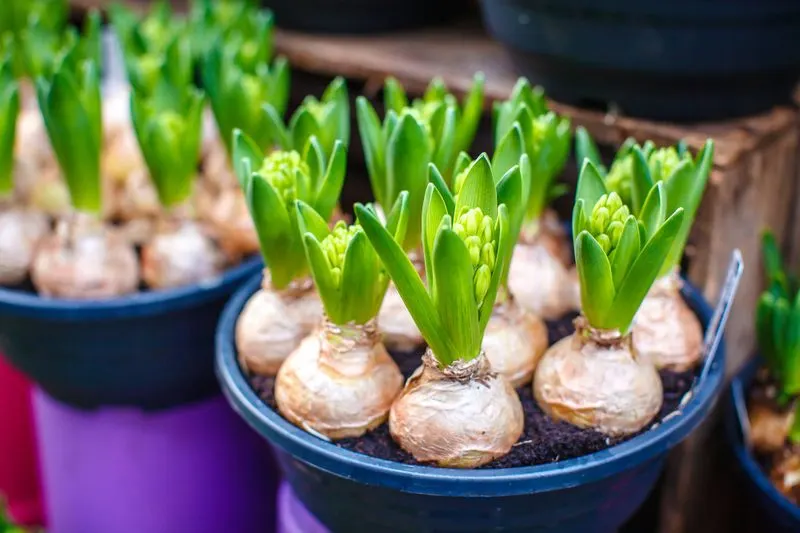
Propagation is key to maintaining tulip populations, with techniques like bulb division ensuring their continued bloom. By separating offsets from the mother bulb, gardeners can multiply their tulip supply, creating flourishing displays year after year. This method not only rejuvenates existing plants but also allows for experimentation with different varieties. Understanding and applying these techniques can be a rewarding experience for gardeners, fostering a deeper appreciation for the growth cycle of these beloved flowers.
Tulip’s Impact on Fashion

The tulip’s influence extends beyond gardens and into the world of fashion. Designers draw inspiration from their vibrant colors and elegant shapes, incorporating floral patterns into clothing, accessories, and textiles. This botanical influence is evident in seasonal collections, where tulip motifs add a touch of nature’s charm to modern fashion. By bridging the gap between nature and style, tulips continue to inspire creativity and innovation in the fashion industry.
Tulip Breeding Innovations

Innovative breeding techniques have expanded the tulip’s palette, introducing new colors and patterns previously thought impossible. Through careful selection and cross-pollination, horticulturists develop varieties that captivate with their unique appearances. These advancements not only enhance the aesthetic appeal of tulips but also improve their resilience to diseases and climate changes. By exploring these innovations, gardeners can discover new possibilities in their floral creations, celebrating the endless potential of tulip diversity.
The Symbol of Spring
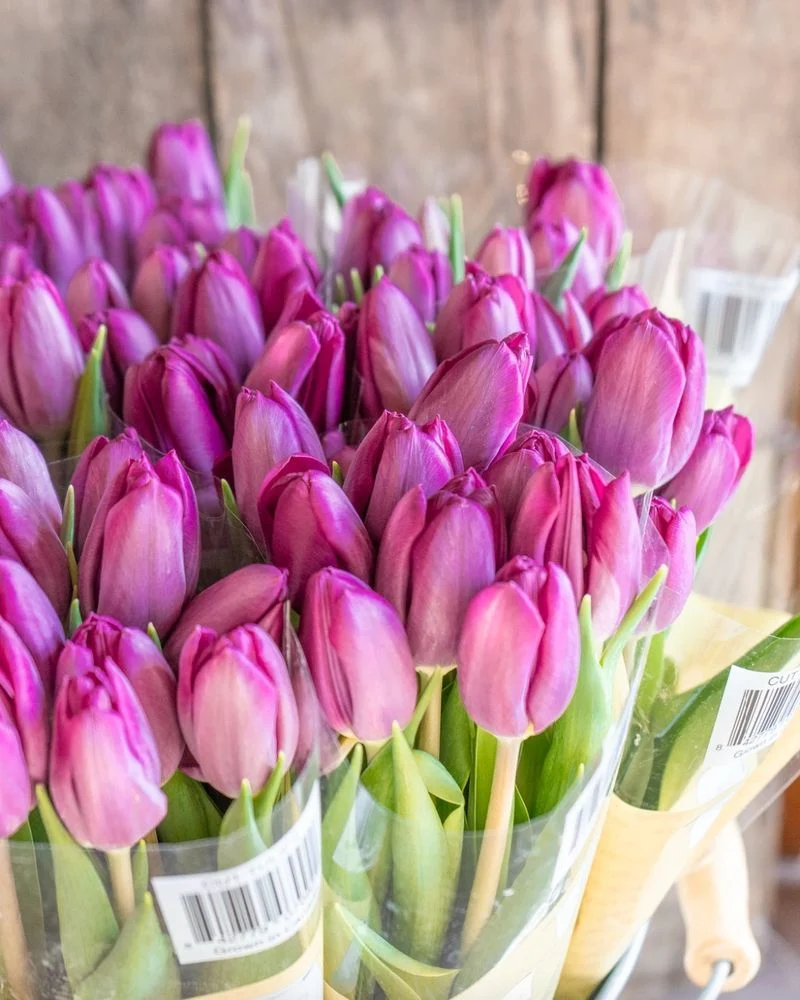
Synonymous with the arrival of spring, tulips bring a sense of renewal and optimism to gardens. As the first flowers to emerge after winter, they symbolize new beginnings and the promise of warmer days ahead. Their cheerful blooms lift spirits, marking the transition from the cold and dormant months to a season of growth and vitality. This timeless association with spring ensures that tulips remain a cherished favorite, embodying the joy and hope that comes with the changing seasons.

